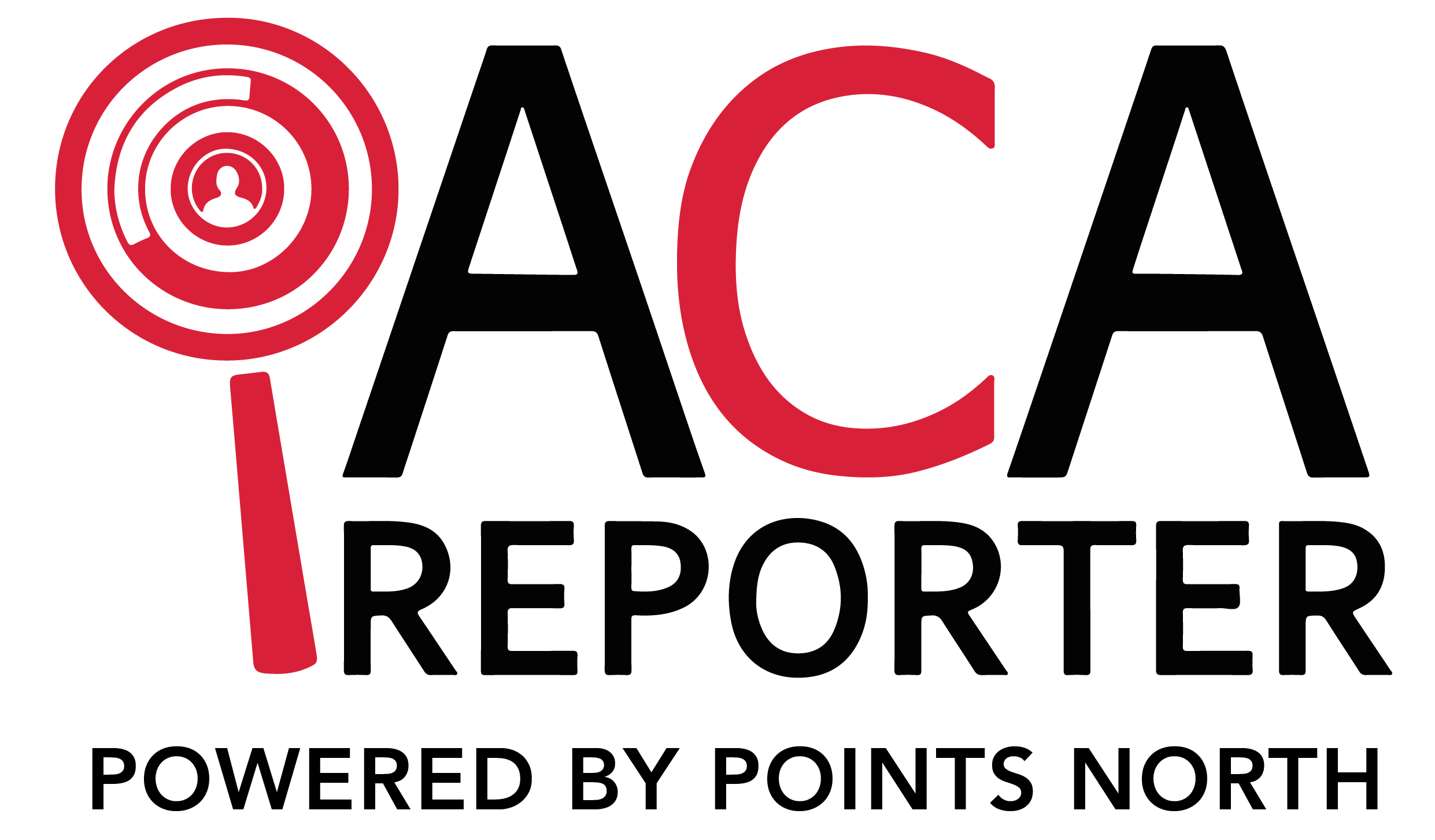When reporting on forms 1094, 1095, and the Employer Shared Responsibility mandate, it is important that employers know the status of employees according to the hours they serve. Under the Affordable Act Care (ACA), employers that have 50 or more full-time employees are categorized as Applicable Large Employers. These employers are mandated to cover minimum value coverage for 95% of their full-time employees, otherwise they will be penalized.
For reference, a full-time employee is one who serves 30 or more hours per week. Penalties for failing to pay minimum value coverage only applied to full-time employees and forms 1094 and 1095 are specifically aimed at these employees.
What constitutes Employee Hours?
Employee hours of a full-time employee constitutes of all the hours where they are in active service and also includes paid leaves such as vacation time, sick leaves, jury duty, layoffs, military duty, and leave of absence.
The ACA has outlined two main methods on how to measure employee’s hours of service. Again, this refers to full-time employees only and is used as a measure to determine the ACA Status of an employee. The first method is quite straightforward and measures the hours of service of an employee in a particular month. This is known as the Monthly Measurement Method. The other method is called the Look-Back Measurement method where an employee is categorized as either a full time or a part-time worker based on the measurement period for an equivalent stability period. If an employee serves 130 hours in a measurement period, they are considered to be full-time for the stability period that follows.
ACA Implications for Furloughed Employees
Furlough is a brief period of time where an employee is asked to take an unpaid break from work and resume their services after that time has passed. Employees who are asked to take this time off are still considered active employees and are expected to return.
Employees who are on the furlough period experience no hours of service during this time. In such a situation, the employee’s hours of service are counted for the month where they served 130 hours and are given coverage based on it. This way employer can avoid the ACA Shared Responsibility penalty. The coverage given to the employee must cover 130 hours of the employment period before and after the furlough.
If a look-back measurement method is being used to determine the number of service hours of a furloughed employee, their status will remain the same during the current stability period. However not working because of the furlough will affect the employee’s status for the next stability period once they return to service.
A Break in Service and New Employees
If an employee’s non-service period is at least 13 weeks or 26 for educational employers, they will be treated as a new hire.
In case the period of employment prior to an employee's break in service is equivalent to the period that they were furloughed, they may be categorized as a new employee under a ‘rule of parity’. Since the returning employee is being treated as a new one, the hours of service that will be considered will be those of their initial measurement period.
If the employee returning from furlough have had a longer period of employment prior to their break in service, they may be considered as a continuing employee. If they return during the time of stability, their status from before the break will be reinstated. If the employee was a full-time employee in the stability period, then his status will remain the same after he has resumed work.
Coverage for Continuing Full-Time Employee
An employee’s status as a new employee or a new hire also depends on the method being used to calculate their hours are service. If the monthly measurement method is being used, then continuing full-time employees should be offered coverage by the first of the new month or as soon as possible if employers want to avoid a penalty. On the other hand, an employee who is being treated as a new hire, coverage should be offered immediately after 3 months of employment have passed.
Coverage for Employees that are laid off
Due to the present circumstances, some employees may be laid off to grapple with the economic pressure of COVID 19 and they will be no longer part of the organization’s payroll. If they are hired at a later stage by the employers once operations resume and work is back in the flow, their status will depend on the period of termination. However, until that happens the employment relationship will be considered terminated.
If an employee is laid off, they lose their ACA Status as a full-time employee whether their hours of service were being calculated with Monthly Measurement or the Look-Back Method. In case of them being re-hired, their rules applying will depend on the time that the employee did not work. Those who were terminated for less than 13 weeks (or 26 in case of an educational employer) will be treated as continuing employees.
If an employer is using monthly measurement to compute the hours of service, a continuing full-time employee must be offered coverage by the first of next month. If an employee is being treated as new hire, the hours will be measured from the first month of employment.
If the look-back method is being used to determine the working hours, an employee returning during the stability period will have the same ACA status as he had before his termination and should be offered coverage the first day that he returns to service.
COVID-19 is a difficult time for businesses and they will be faced with significant difficulties once operations resume. When employees return, they will experience a reduction in their total working hours whether they were furloughed, laid off or were employed full-time prior to the crises. Regardless that the employer uses the look-back method or monthly measurement method to calculate hours of service of employees, there will be implications on their ACA status.
Many companies rely on ACAreporter for their reporting needs. If you need any assistance in ACA reporting. Contact us!





